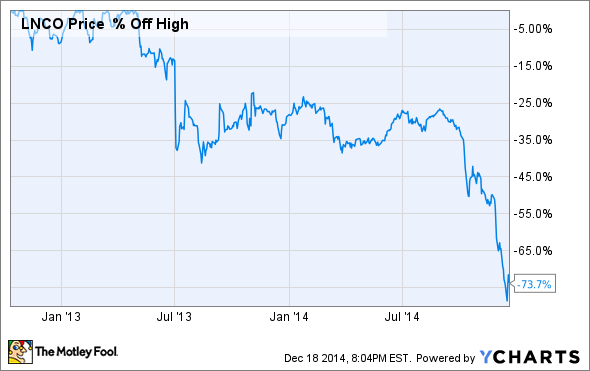FOR centuries, people have been fascinated with gold. Many have gone to great lengths to obtain it—from chasing the mythological golden fleece to the California Gold Rush in the 1800s. There are a lot of advantages in investing in gold and here are three reasons why you should consider gold as a potential investment:
1. Gold is rare.

Gold is one of the earth’s rarest of metals. Warren Buffett, one of the world’s richest investors, even said that the world’s stock of gold is only 170,000 metric tons, which combined can form a cube of about 68 feet per side. Given the scarcity of the metal, it is still widely sought all over the world and used in many aspects, such as in jewelry making and in the industrial and medical fields. With its decreasing supply combined with the world’s increasing demand and usage for it, the value of the precious metal will go further up.
For years, gold has been used to create material things such as coins, artifacts, and jewelry because it can stand the test of time. In fact, gold can verily be the means to preserve wealth. Some families pass on their gold possessions—especially in the form of jewelry—from one generation to the next. It is a worthy investment because it retains its status and value while never failing to match any look at any year, era, or time.

3. Gold is a good hedge against inflation.
Ever heard your parents saying everything is cheaper back in the old days? If so, then they are talking about inflation. Inflation is when the prices of commodities and goods increase, which then decreases the value of a currency and gives you lesser purchasing value. Because the value of paper money decreases, stocks and other asset classes are affected as well, which can be detrimental to investors. As a way to protect their investments, gold traders and investors turn to gold because its value increases in times of inflation—like food and oil prices—as the rate of dollar decreases. Investing gold is also a way to diversify your investment portfolio, thereby spreading the risk and yielding higher returns.
Now that you have more reasons to see gold as a worthy form of investment, you can now start investing in this metal.
We have the right place for you to acquire the best pieces of gold jewelry that will give you the best value for your money. Just Jewels, a jewelry store established in 2005, strays away from the conventional styles of jewelry stores by incorporating a unique style of pricing jewelry. Just Jewels uses the ‘By the Gram’ method, which determines the retail price of a jewelry item according its weight. Through this, Just Jewels ensures its clients that every cent is worth it when buying jewelry.
Aside from its unique pricing, Just Jewels also offers the widest variety of jewelry designs out there, with more than a thousand designs per store waiting to be discovered. Owning gold is not only limited in the form of bullion coins, bars, and artifacts waiting to be put inside a vault. It can also be in the form of jewelry pieces, which are not just fashionable but usable as well.
With Just Jewels, not only will you get the best out of your jewelry, but you will also see an investment worth considering. So go ahead, invest in gold.
Just Jewels branches are located in Glorietta 4, SM Southmall, Festival Mall, SM City Manila, SM Megamall, Robinson’s Galleria, SM Mall of Asia, Ayala Center Cebu, SM City Cebu, Jupiter Makati, and Veranza Mall (General Santos City).
Source url: http://manilastandardtoday.com/2014/12/30/why-not-gold-as-an-investment-/
Source url: http://manilastandardtoday.com/2014/12/30/why-not-gold-as-an-investment-/












